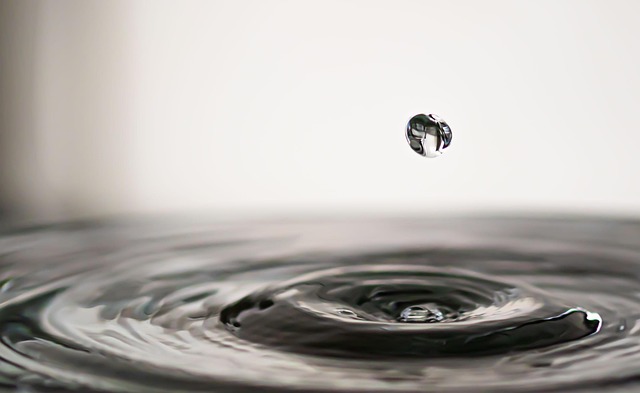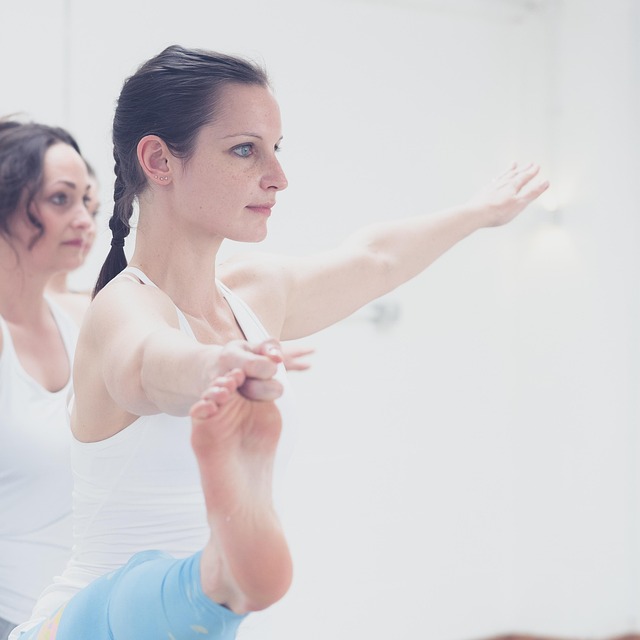Water drop photography is a mesmerizing realm where science meets artistry, capturing the elegant beauty of droplets as they dance and collide. Each droplet, suspended in time, offers a moment of clarity that is both fleeting and stunning. To create these captivating images, understanding exposure becomes essential. Exposure is the gateway to transforming ordinary photos into extraordinary works of art.
When diving into the world of water drop photography, a solid grasp of exposure settings can elevate your shots from mundane to magical. The key components to consider are aperture, shutter speed, and ISO. To freeze the moment a droplet hits the surface, a fast shutter speed is crucial. This allows your camera to capture the intricate details without motion blur. Typically, speeds of 1/1000 of a second or faster work well, but experimentation is often the path to discovery.
Aperture also plays a vital role in achieving the desired effect. A wider aperture (lower f-number) produces a shallower depth of field, isolating droplets against a beautifully blurred background. Conversely, a narrower aperture increases the depth of field, ensuring that multiple elements in the frame remain sharp and focused. Balancing these settings can transform your water drop photography, leading to diverse artistic expressions.
ISO sensitivity is yet another essential variable. A higher ISO allows for shooting in lower light conditions, but it can introduce noise, which might detract from the sharp clarity you’re aiming for. Ideally, keep your ISO as low as possible to maintain image quality. If natural light is scarce, consider using external lighting or studio setups to enhance your exposure.
Your camera’s optics also significantly impact the overall outcome. A macro lens is often the preferred choice for water drop photography, as it allows for close-up shots that capture every minute detail of the drop’s surface. The right optics can reveal stunning reflections and refractions within the droplet that enhance your composition. Experimenting with different lenses can lead to unexpected and beautiful results.
As you explore this fascinating genre, remember that patience and practice are your best allies. Each drop holds the promise of astonishing imagery, waiting for your skillful touch to unlock its potential. Whether you’re capturing the moment of impact, the delicate beauty of a droplet lingering on a petal, or the intricate patterns formed in the surrounding water, the art of water drop photography is limited only by your vision and creativity.
Embrace the challenge of mastering exposure, playing with light, shadow, and timing. Let the journey through the lens guide you to refine your skills and develop your unique style. The world of water drop photography beckons its audience with vivid stories, hidden charms, and pure visual delight, waiting to be shared through your imaginative perspective.



